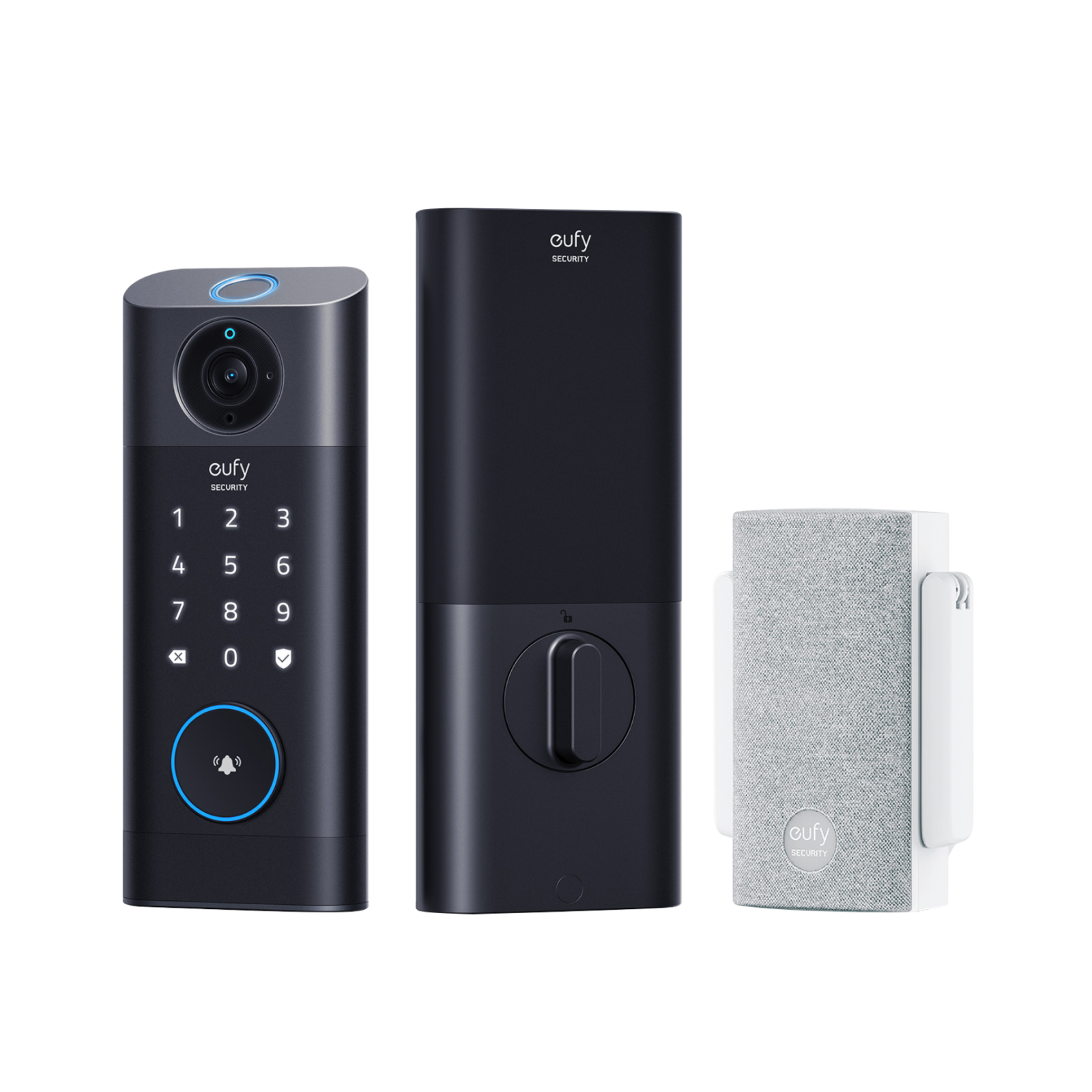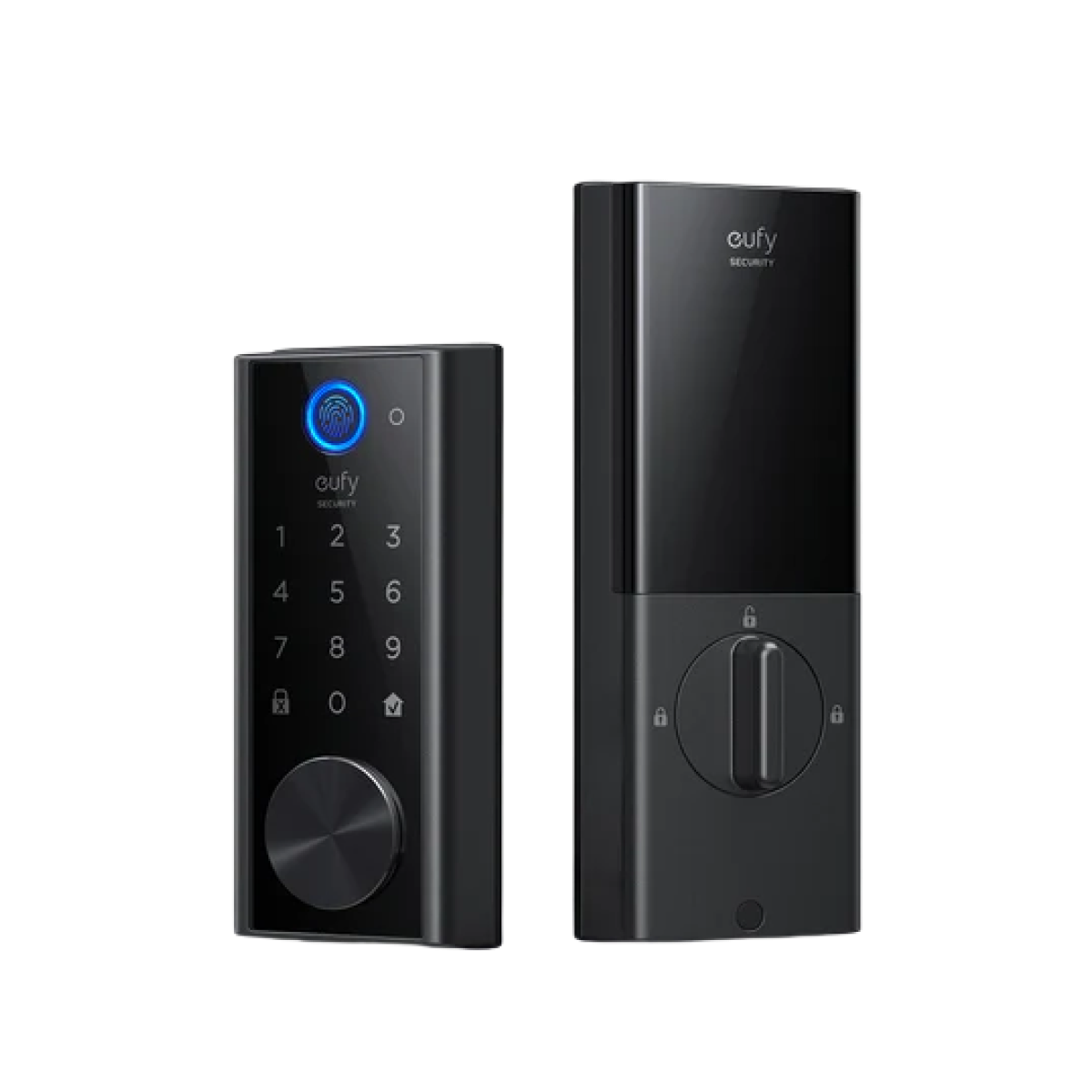A mortise smart lock blends advanced security with sleek design, making it a top choice for modern homes. Unlike standard deadbolts, it fits into a pocket cut inside the door, offering better durability and seamless operation. But is it the right upgrade for you? This article covers the benefits, drawbacks, must-have features, and installation steps to help you decide. From keyless entry to remote access, discover what sets this lock apart and how it enhances convenience without compromising security. Let’s break down everything you need to know.
What Is Mortise Smart Lock?

A mortise smart lock is an advanced locking system designed to fit into a mortise, a pocket cut into a door. Unlike standard deadbolt locks, it integrates both the locking mechanism and latch into a single unit, offering enhanced security and seamless operation.
This type of smart lock operates through various authentication methods, such as PIN codes, biometric scans, RFID cards, or mobile apps. Once authorized, the lock disengages, allowing access without a traditional key. Many models connect to Wi-Fi or Bluetooth, enabling remote control, access logs, and temporary passcodes for guests.
Pros and Cons of Mortise Smart Lock
Choosing a smart mortise lock comes with both advantages and drawbacks. While it offers enhanced security and modern convenience, it also has potential downsides like complex installation and higher costs.
Pros:
- Enhanced Security – Mortise smart locks have a more robust locking mechanism than standard deadbolts, making them harder to tamper with.
- Multiple Access Methods – Supports various unlocking options like PIN codes, fingerprint scanning, RFID cards, and mobile apps for convenience.
- Auto-Locking Feature – Automatically locks the door after a set time, reducing the risk of forgetting to lock it.
- Sleek and Integrated Design – Fits seamlessly into doors without additional bulky hardware.
- Remote Access & Monitoring – Allows users to control and track entry logs via smartphone apps.
Cons:
- ComplexInstallation – Requires precise door cutting and professional installation, unlike standard smart locks.
- Higher Cost – More expensive than traditional deadbolts and basic smart locks.
- Power Dependency – Requires regular battery changes or a backup power source to prevent lockouts.
- Compatibility Issues – Not all doors support mortise locks, limiting installation options.

If you prefer to avoid the issues of the mortise-style smart lock, such as complex installations and frequent battery changes, eufy Video Smart Lock S330 is a refreshing alternative to a mortise lock. This innovative lock features a powerful 10,000 mAh battery and a robust design built to endure extreme climates. Installation is an absolute breeze—requiring no drilling—and it comes with reliable 24/7 support, a 12-month warranty, and a complimentary chime experience.
FamiLock S3 Max - New eufy Video Smart Lock
Upgrade your home security today—discover the new smart lock that keeps your front door safer and smarter than mortise locks!
Features to Look for in Mortise Smart Door Lock
A mortise lock smart combines advanced security with modern convenience, making it a great choice for homes and businesses. When selecting the best smart mortise lock, consider the following key features:
- Security Mechanisms – Look for multi-layer authentication, such as fingerprint recognition, PIN codes, RFID cards, and smartphone access. A mechanical key override ensures access during power failures.
- Build Quality – A durable stainless steel or zinc alloy construction enhances resistance to forced entry. The lock should also meet industry security standards.
- Connectivity Options – Wi-Fi, Bluetooth, or Zigbee connectivity allows remote access and integration with smart home systems. A mobile app enables real-time monitoring and control.
- Auto-Locking & Alerts – Automatic locking prevents accidental security lapses, while intrusion and tamper alerts provide instant notifications.
- Battery Backup & Emergency Power – A long-lasting battery with a low-power warning ensures reliability. Some models offer a USB emergency power option.
- Ease of Installation & Use – Ensure the lock is compatible with your door and has an intuitive interface for smooth operation.
How to Install a Mortise Smart Lock?
Installing a smart lock mortise typically involves a series of careful steps to ensure security and functionality.
Step 1: Prepare the Door
Remove the existing lock and check the mortise cavity to ensure it matches the new smart lock’s dimensions. If needed, adjust the cavity for a proper fit.
Step 2: Install the Lock Body
Insert the smart lock’s mortise mechanism into the cavity, ensuring it aligns with the latch and bolt openings. Secure it with the provided screws.
Step 3: Attach the Front and Back Panels
Fix the exterior and interior lock panels to the door, connecting any required cables between them. Make sure the keypad or fingerprint sensor is properly positioned.
Step 4: Secure and Power the Lock
Tighten all screws to keep the lock in place. Insert batteries or connect the wiring as per the manufacturer’s instructions.
Step 5: Configure and Test
Set up the smart functions, connect to the app or smart home system, and test the lock multiple times to ensure smooth operation.
Conclusion
A mortise smart lock offers a modern approach to securing doors while maintaining a sleek design. Understanding its characteristics helps in making a well-informed choice based on individual needs. Every locking mechanism has its strengths and weaknesses, making it necessary to evaluate different aspects before installation. Proper setup ensures smooth operation and long-term reliability.
FAQs
Can you change mortise lock to smart lock?
Yes, you can replace a mortise lock with a smart lock, but it requires some adjustments. Mortise locks are larger and have a unique mechanism, so you’ll need to fill or modify the existing cavity to fit a smart lock. Ensure the new smart lock is compatible with your door’s thickness and style. Professional installation is recommended for a seamless and secure upgrade.
Is a mortise lock better than a normal lock?
Mortise locks are generally considered superior to standard locks due to their durability, security, and aesthetic appeal. They are embedded into the door, making them harder to tamper with or force open. However, they are more complex to install and often costlier than cylindrical or tubular locks, making them less common for basic applications.
Why are mortise locks so expensive?
Mortise locks are pricier because of their intricate design, high-quality materials, and labor-intensive installation. They require precise cutting and fitting into the door, which increases manufacturing and installation costs. Additionally, their robust construction and enhanced security features contribute to their higher price compared to simpler lock types.


